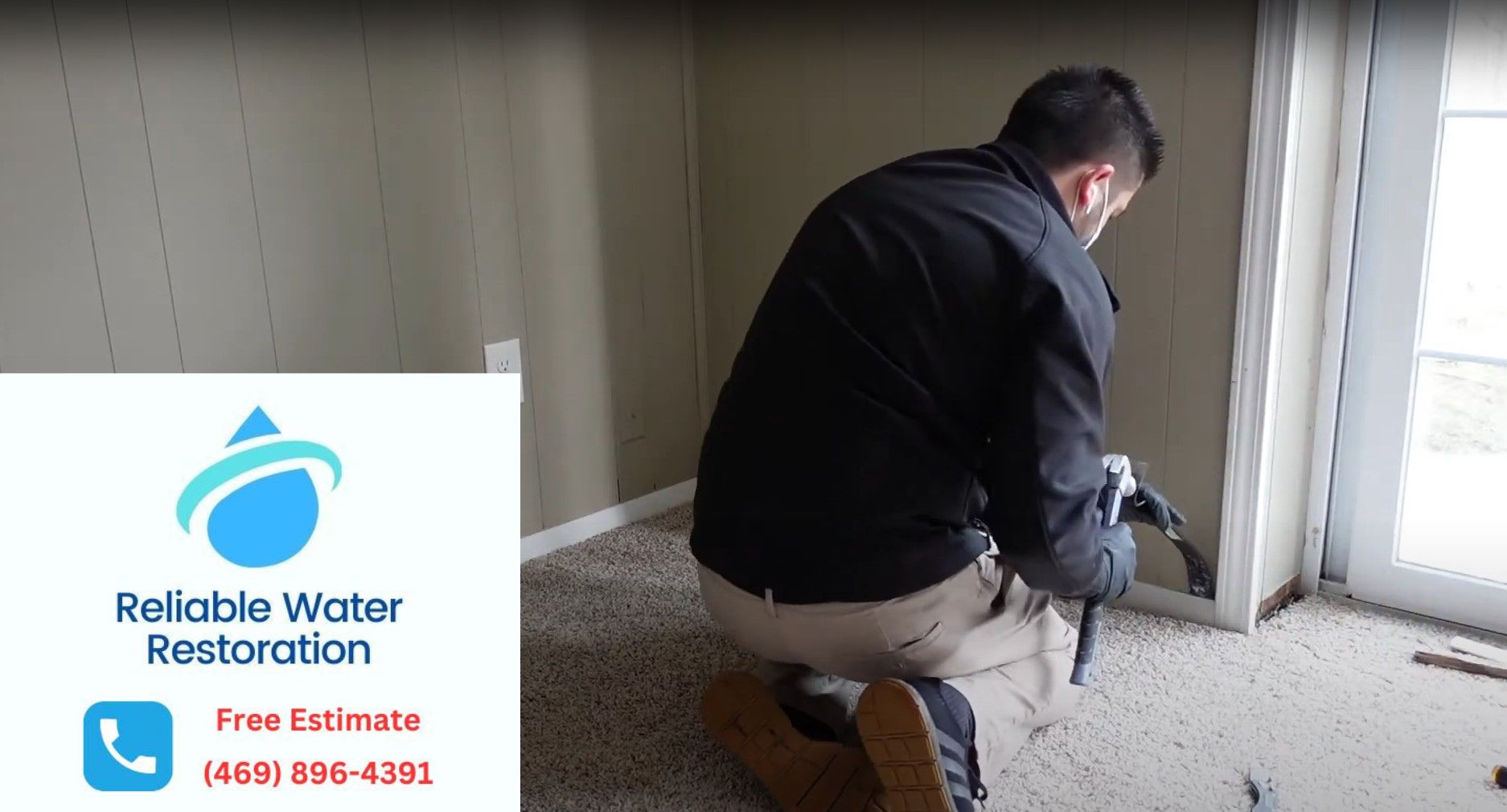Standing Water Removal: Techniques and Tools for Success in The Colony, TX
Introduction
Standing water can be a homeowner’s worst nightmare. Not only does it create an unsightly mess, but it can also lead to severe water damage and mold growth if not addressed promptly. In The Colony, TX, where heavy rains and occasional flooding can occur, knowing how to effectively remove standing water is crucial. This article will explore various techniques and tools for successful standing water removal, ensuring your home remains safe and structurally sound.
Understanding Standing Water Removal: Techniques and Tools for Success in The Colony, TX
What is Standing Water?
Standing water refers to any body of water that remains in one place for an extended period. It can accumulate due to heavy rain, flooding, or plumbing issues such as burst pipes or leaks.
Common Causes of Standing Water
- Heavy Rainfall: Persistent downpours can overwhelm drainage systems.
- Flooding: Natural disasters can lead to significant water accumulation.
- Plumbing Issues: Burst pipes or leaking fixtures often result in unwanted pooling.
- Poor Drainage Systems: Ineffective drainage solutions can trap water around your property.
Why is Removing Standing Water Important?
Initial Steps for Standing Water Removal
Before engaging professional services like Water Damage Restoration The Colony TX, it's essential to take initial steps:
- Evaluate the extent of the standing water.
- Identify the source (if possible) to prevent future occurrences.
- Turn off electrical appliances near the affected area.
- Wear protective gear such as gloves and boots.
Techniques for Effective Standing Water Removal
1. Manual Removal Methods
Using Buckets and Mops
For smaller amounts of standing water, manual removal might suffice:
- Use buckets to scoop out excess water.
- Follow up with mops or towels for residual moisture.
Wet/Dry Vacuum
A wet/dry vacuum is invaluable when dealing with larger volumes of standing water:
- Efficiently siphons off excess liquid from floors or carpets.
- Ensure you have proper attachments for different surfaces.
2. Pumping Techniques
Submersible Pumps
Ideal for significant flooding situations:
- Submersible pumps sit underwater and expel large volumes of liquid quickly.
Sump Pumps
Perfect for basements prone to flooding:
- Automatically activates when water levels rise above a certain point.
3. Dehumidification Services
After removing visible standing water, humidity levels may still be high:
- Dehumidifiers work wonders by extracting moisture from the air.
4. Advanced Techniques: Flood Damage Restoration The Colony TX
If you're facing severe flooding or extensive damage:
- Consider hiring a professional service specializing in Flood Damage Restoration The Colony TX.
- Experts employ advanced methods like structural drying and thermal imaging to detect hidden moisture.
Tools Necessary for Successful Standing Water Removal
1. Essential Equipment List
| Tool | Purpose | |---------------------|--------------------------------------------------| | Wet/Dry Vacuum | Remove excess liquid from surfaces | | Submersible Pump | Efficiently pump out large volumes of standing water | | Sump Pump | Automatically removes groundwater from basements | | Dehumidifier | Reduces humidity levels after extraction | | Moisture Meter | Assesses remaining moisture levels |
2. Professional Equipment vs DIY Tools
While DIY tools are useful for minor cases, professional equipment ensures thoroughness during major incidents:
- Professionals utilize industrial-grade pumps and dehumidifiers that outperform standard consumer models.
Cost Considerations in Standing Water Removal
Estimating Costs: Factors Involved
When assessing costs related to standing water removal:
Water Damage Restoration Cost The Colony TX
Engaging professionals typically involves costs based on labor, equipment rental, materials used during restoration processes, etc.
Hiring Professionals: Why You Should Consider It?
Choosing a reputable company like a Water Damage Company The Colony TX provides peace of mind during stressful situations:

Frequently Asked Questions (FAQs)
Q1: How long does it take to remove standing water?
A1: Time varies depending on severity; small areas may take hours while extensive flooding could require days.
Q2: Can I handle standing water removal myself?
A2: Yes, but caution is advised; always prioritize safety when using electrical equipment near liquids.
Q3: What are signs that I need professional help?
A3: If there’s widespread damage or persistent dampness after initial clean-up efforts.
Q4: How much does emergency water extraction cost?
A4: Costs vary widely based on severity; contacting local companies will provide specific estimates tailored to your situation.
Q5: What should I do if I encounter black mold after flooding?
A5: Seek Mold Inspection The Colony TX immediately; black mold requires specialized treatment due to its toxicity.
Q6: Are there preventative measures against future flooding?
A6: Implementing proper drainage systems and regular maintenance checks on plumbing fixtures helps minimize risks.
Conclusion
Standing Water Removal is more than just a cleanup task; it's an essential process that protects your home from extensive damage and health hazards in The Colony, TX. Whether you choose DIY methods or enlist professional help through services like Emergency Water Removal The Colony TX, understanding the techniques and tools available ensures success in maintaining your property’s integrity against future threats posed by stagnant water conditions! Always remember that prompt action leads not only to effective removal but also prevents further complications down the road!